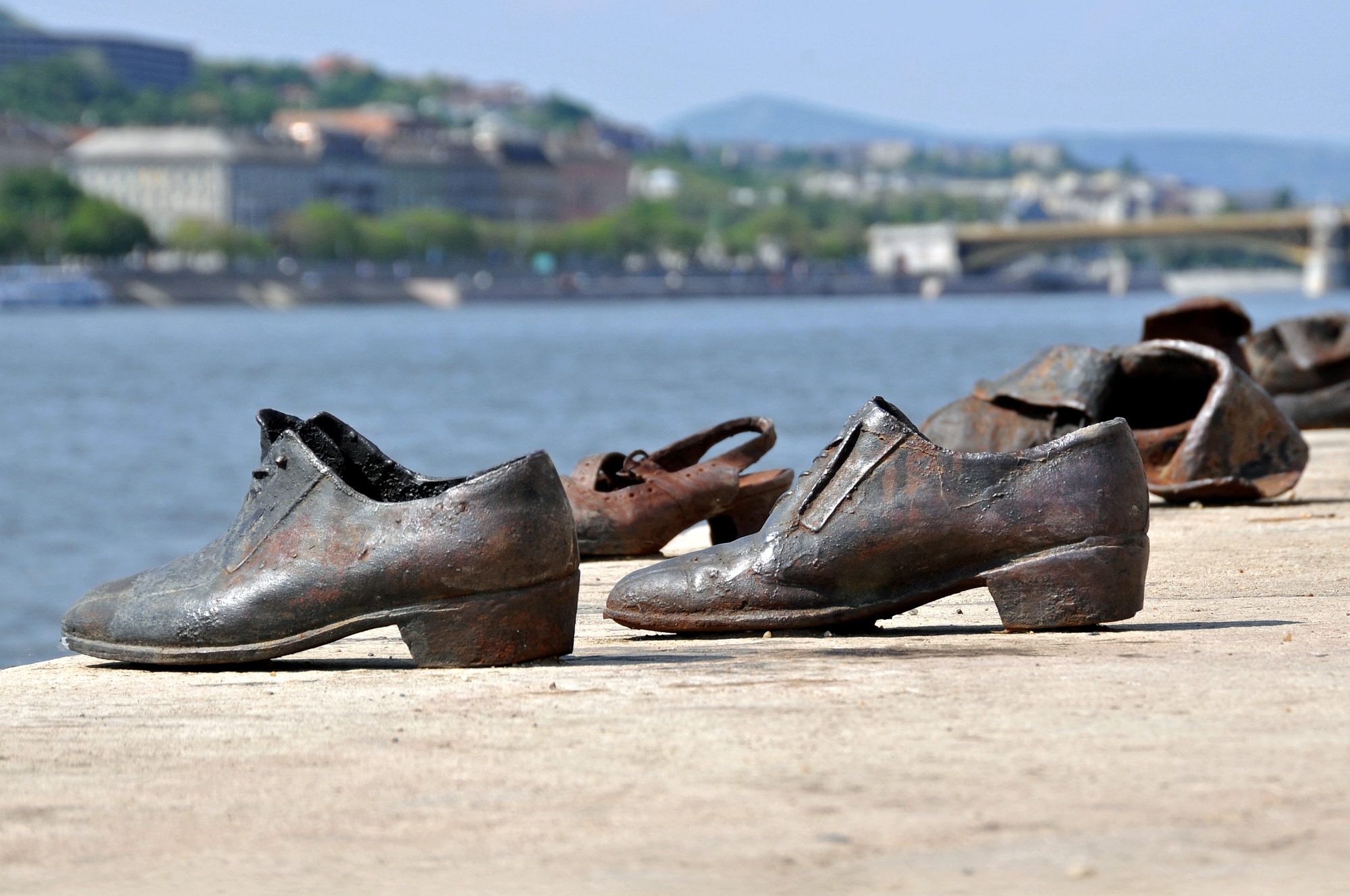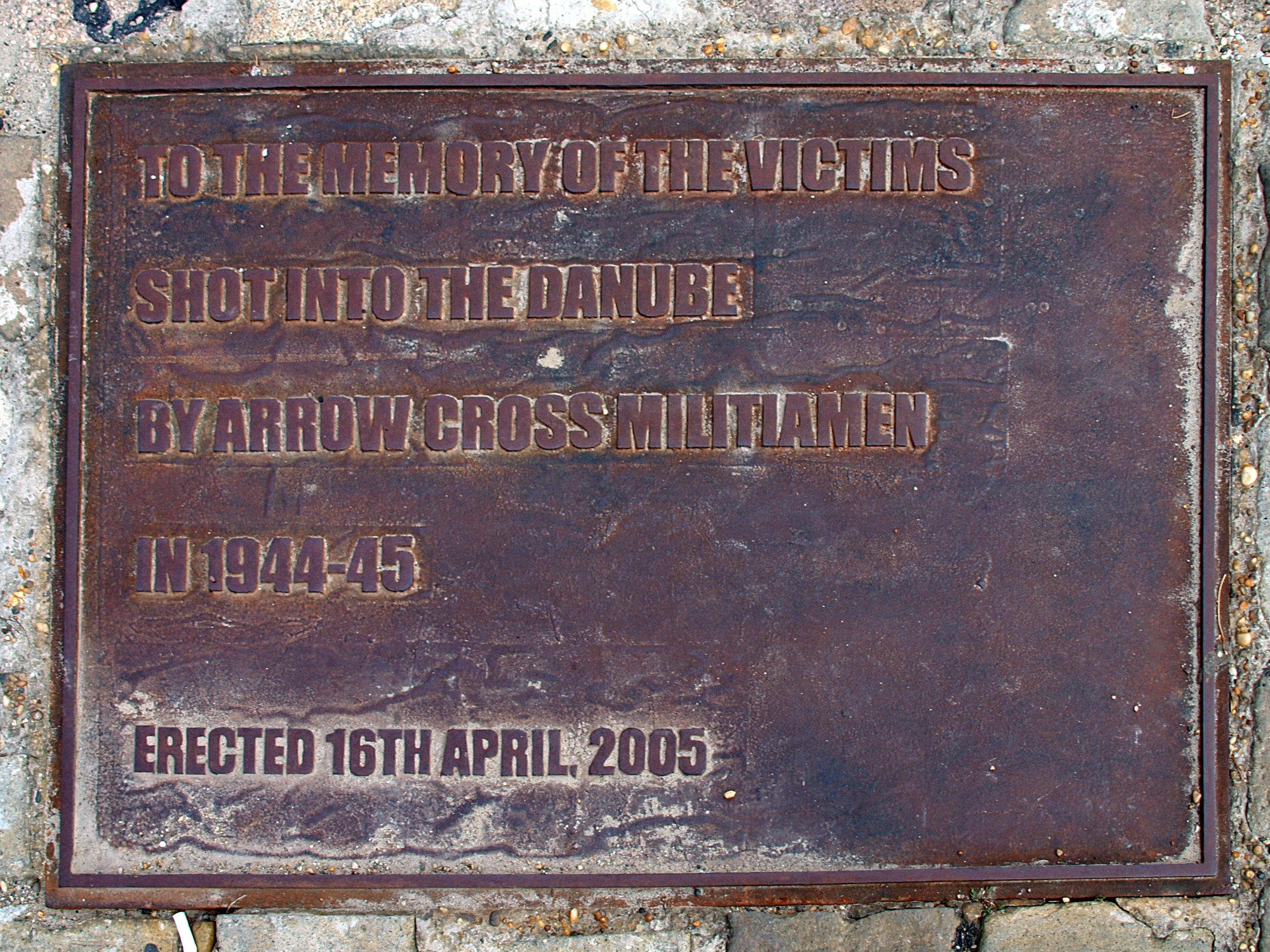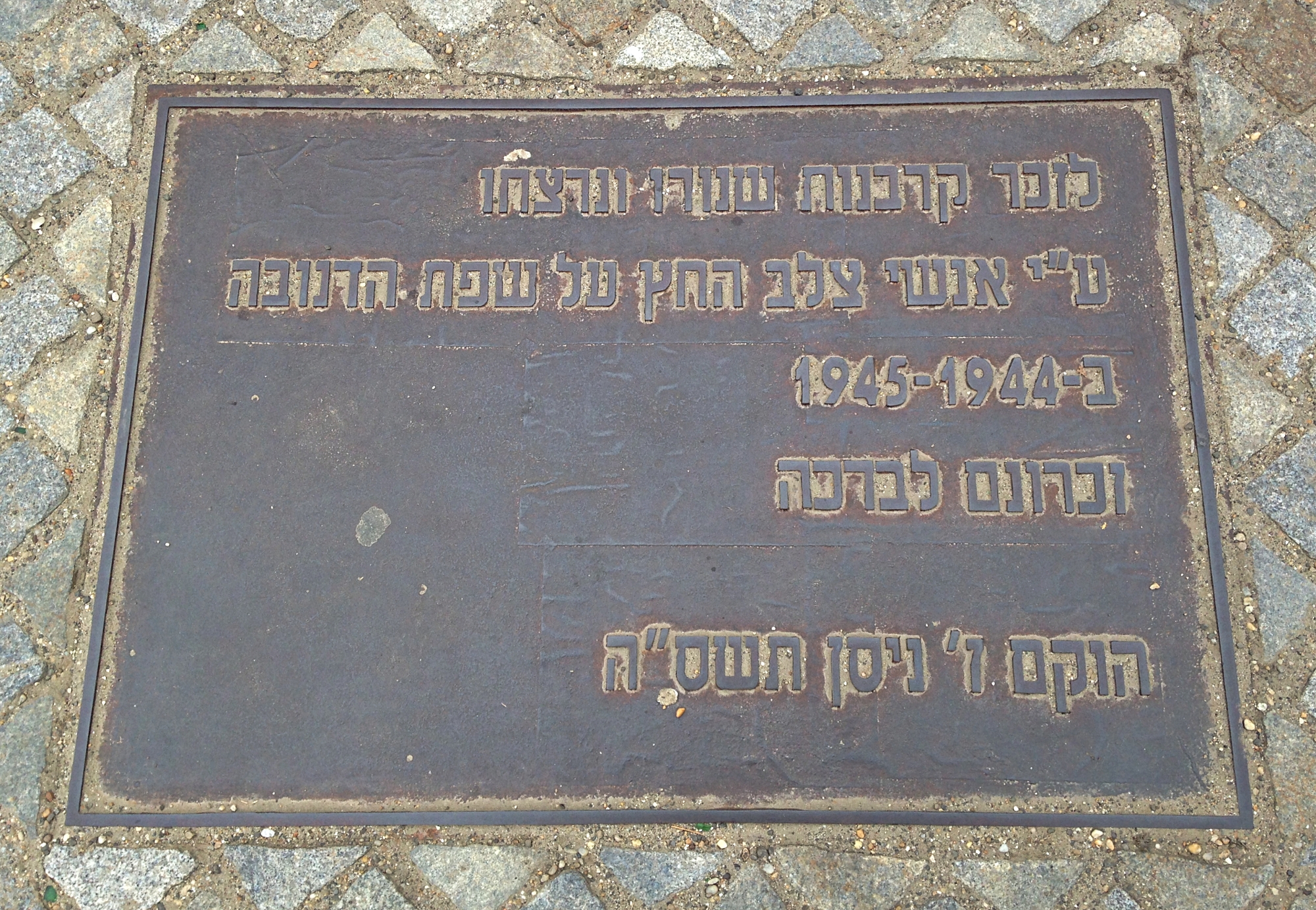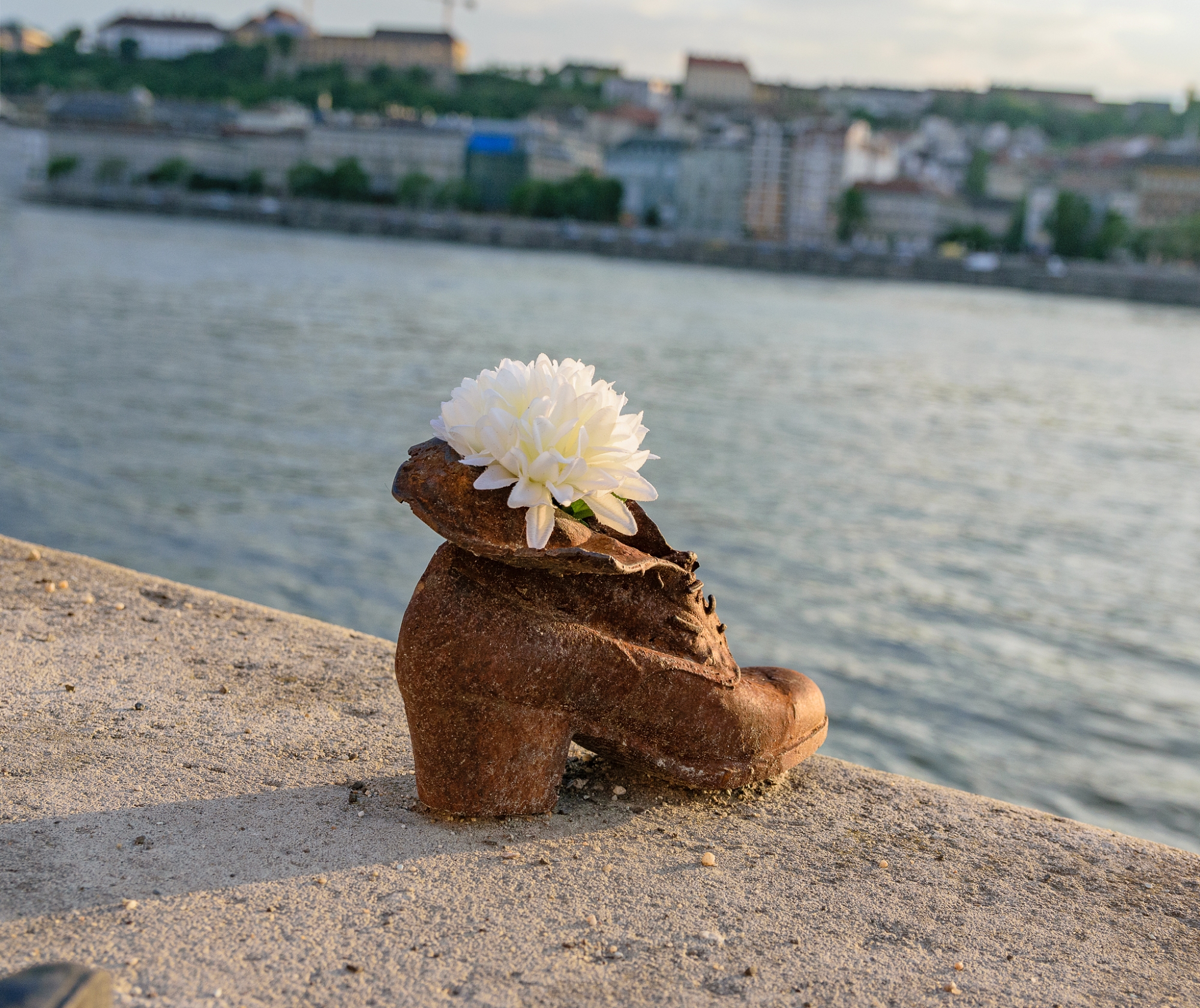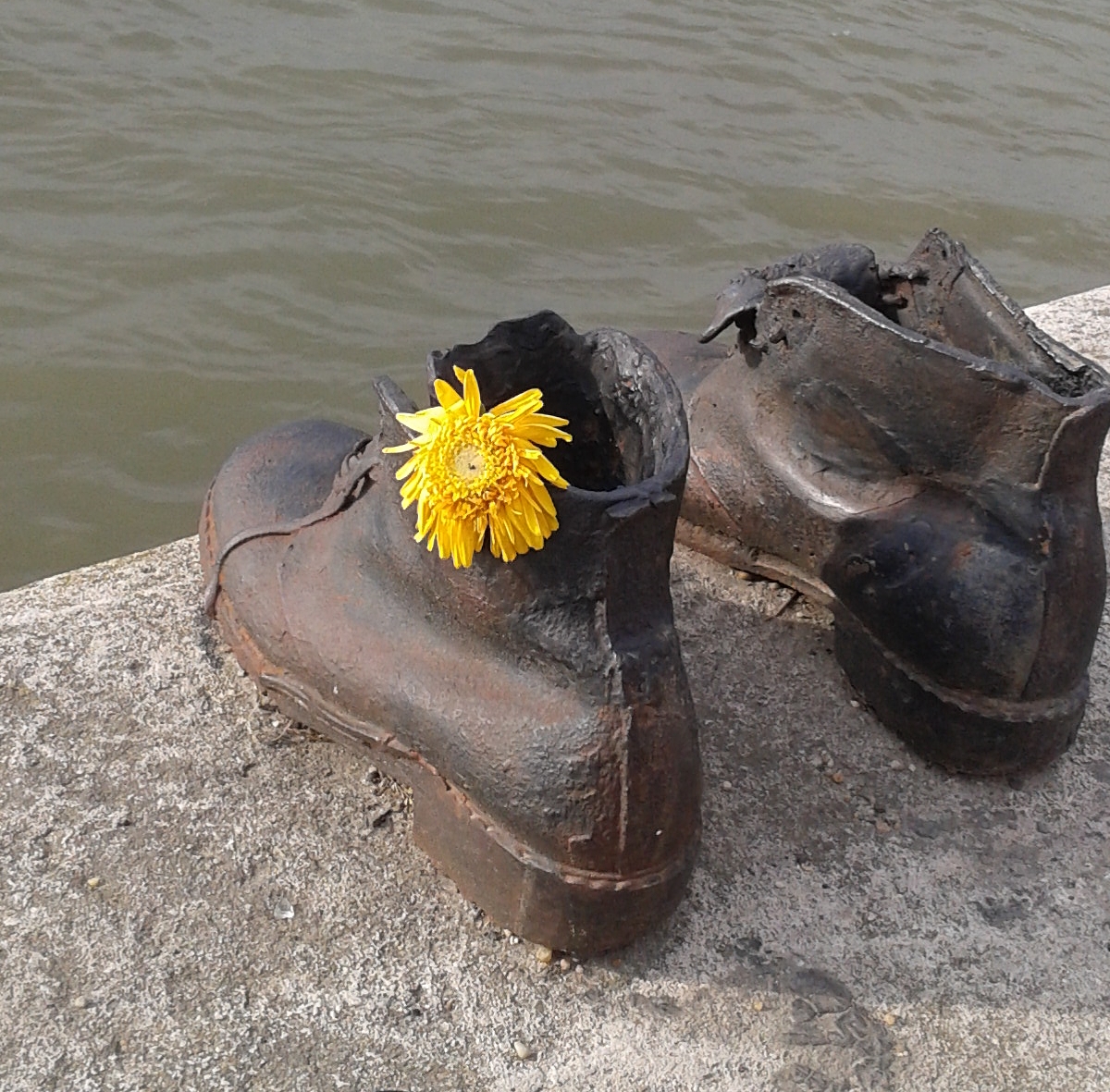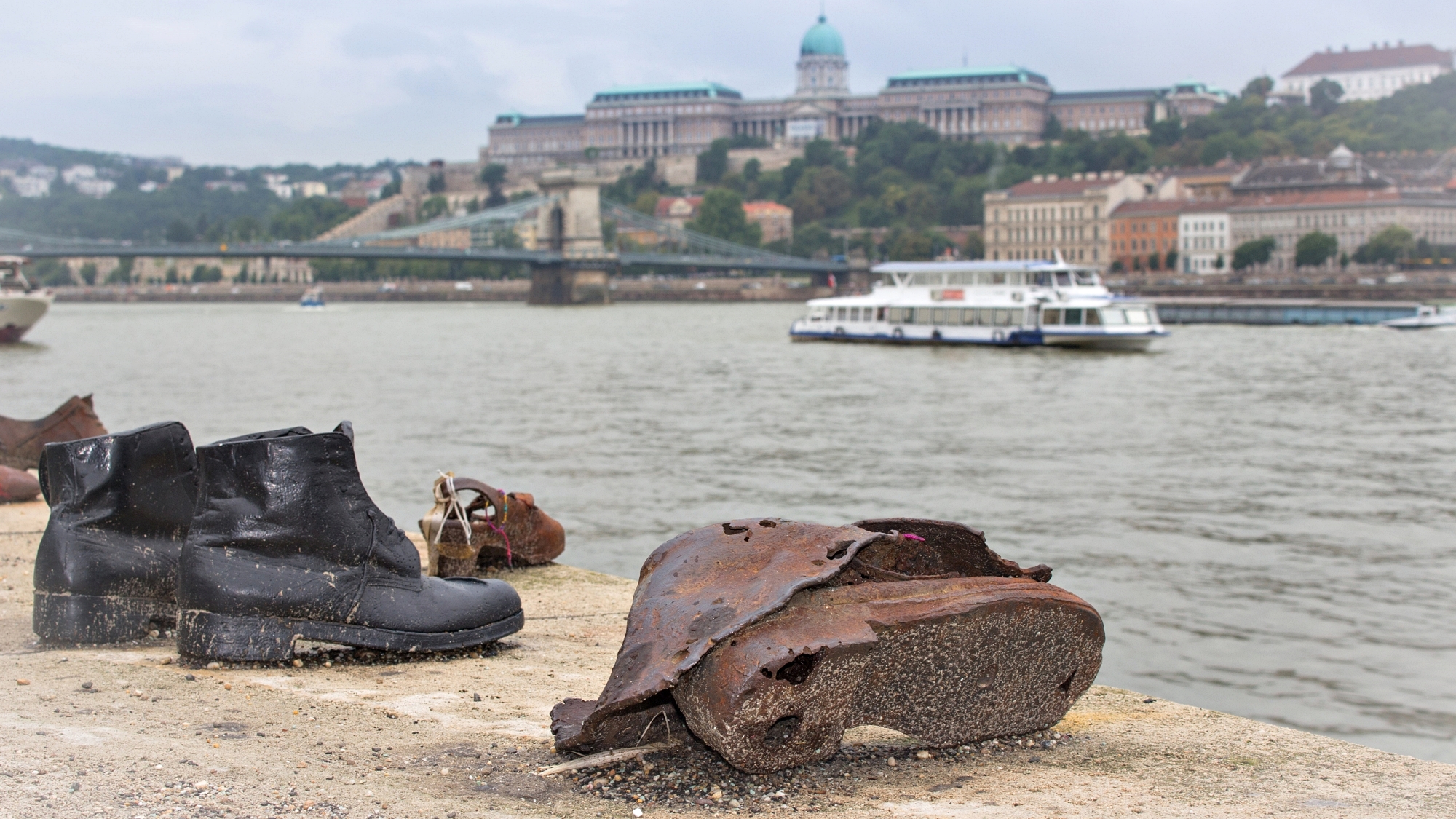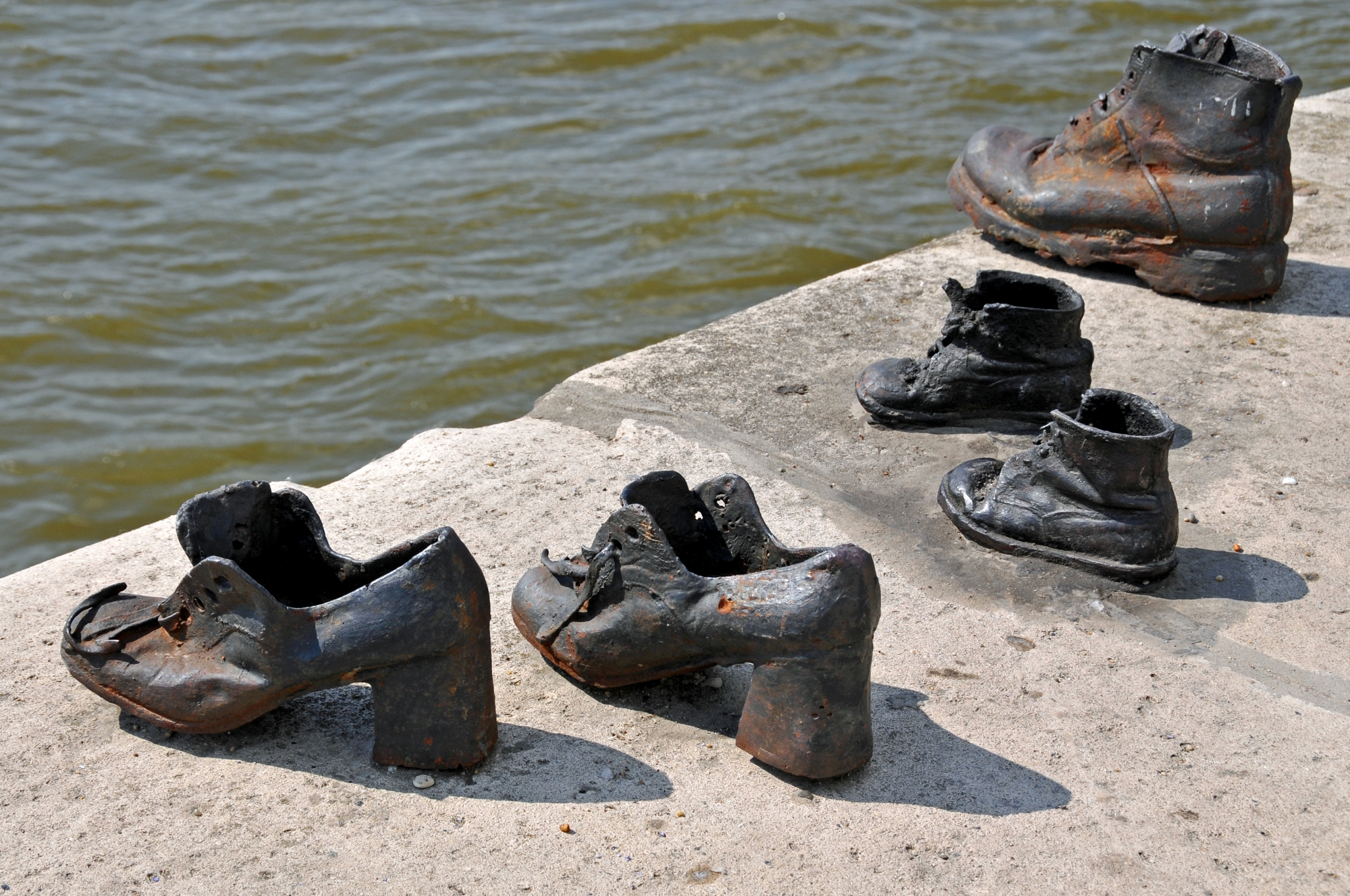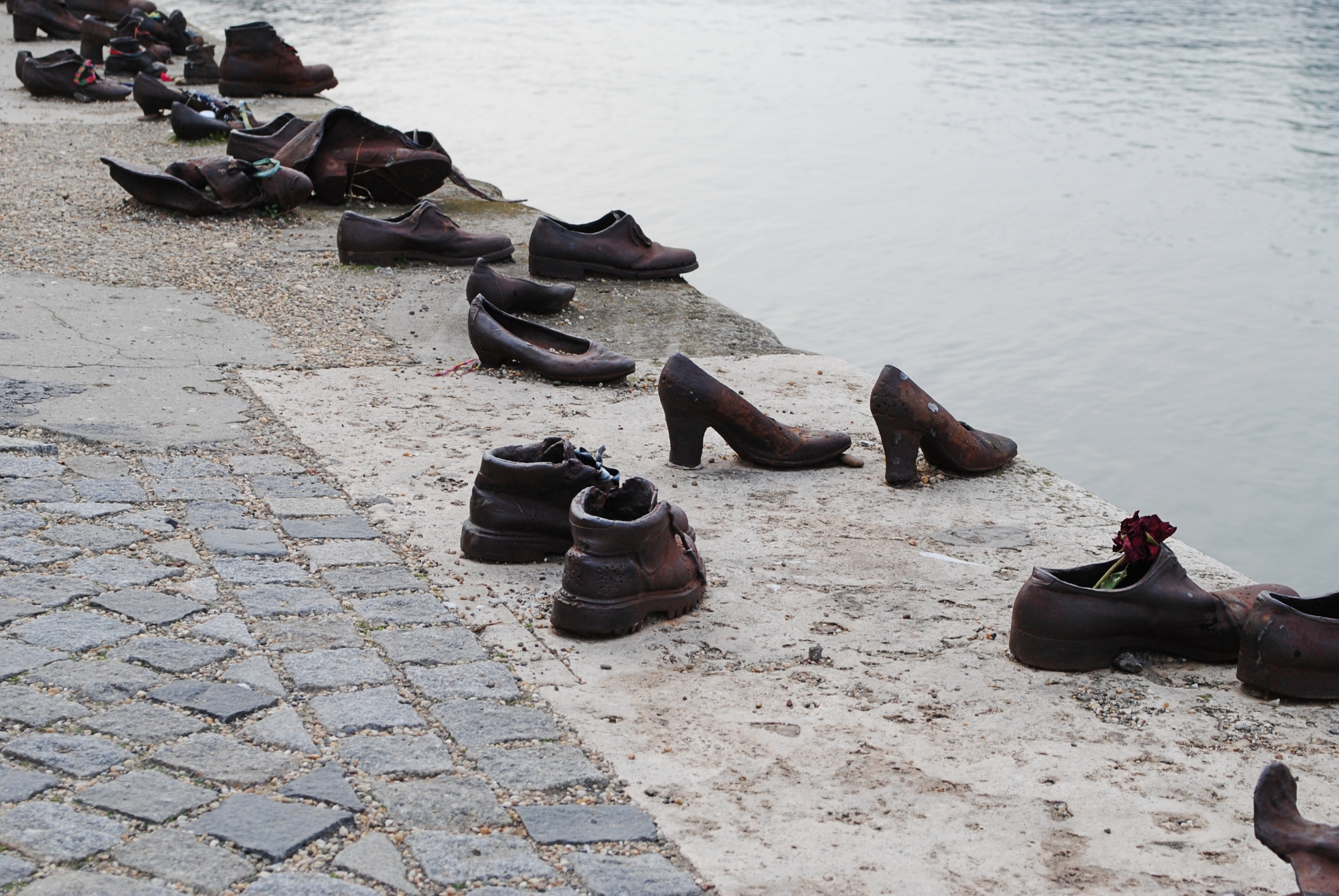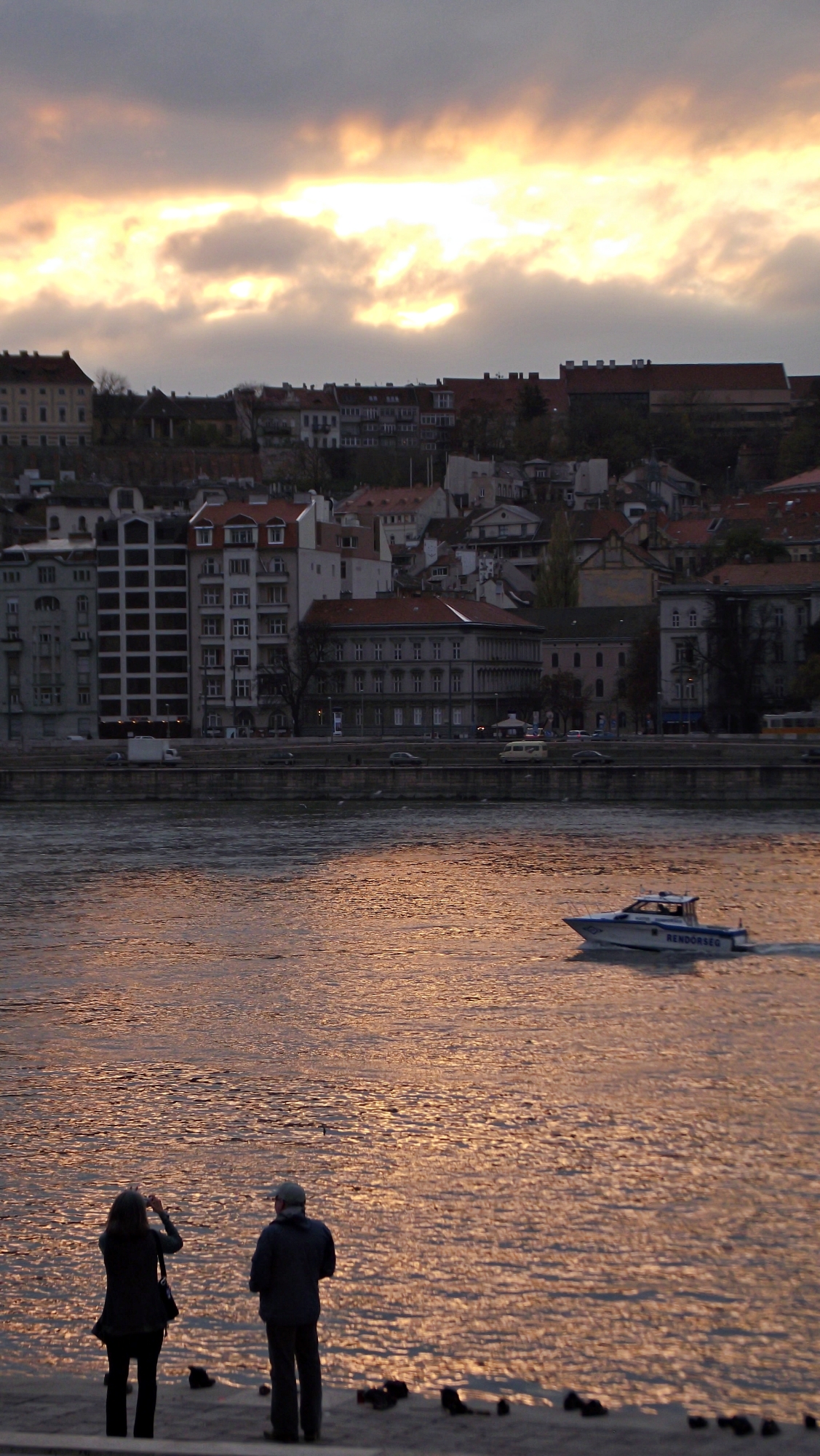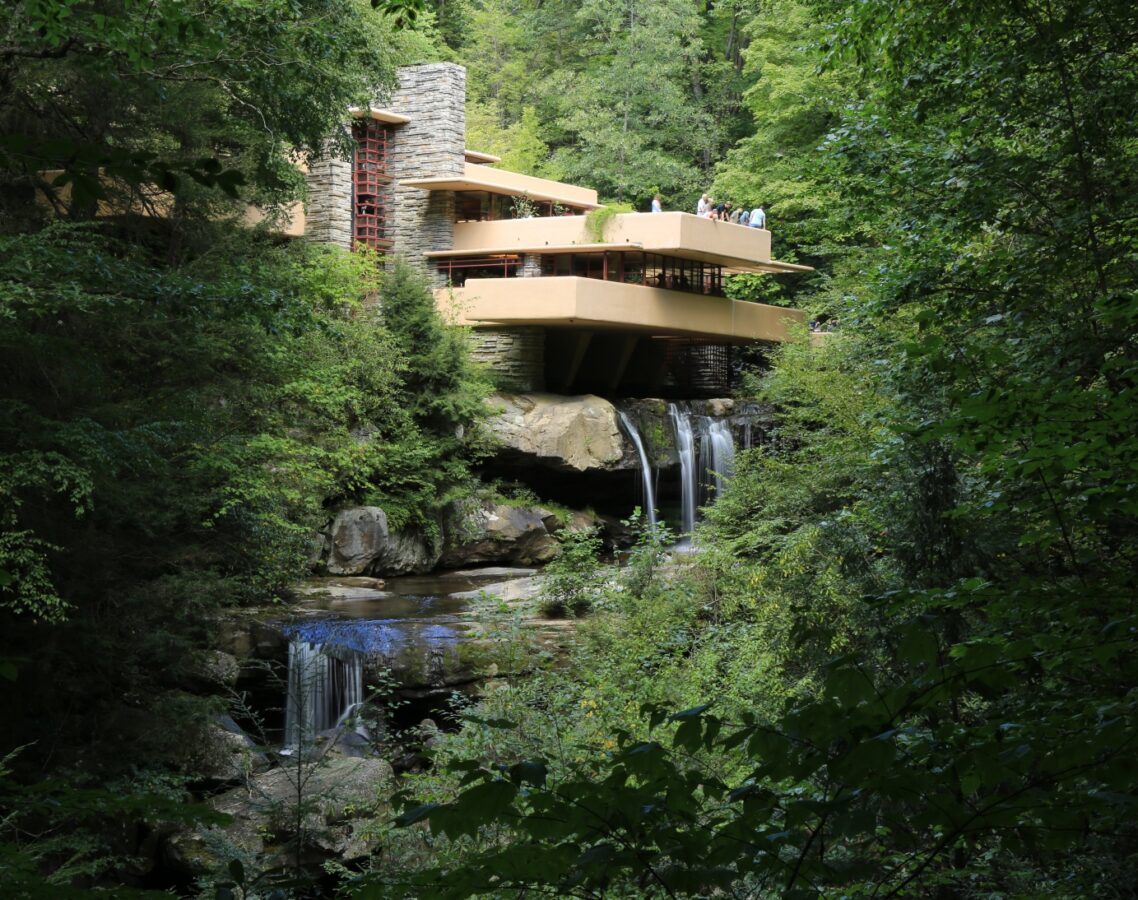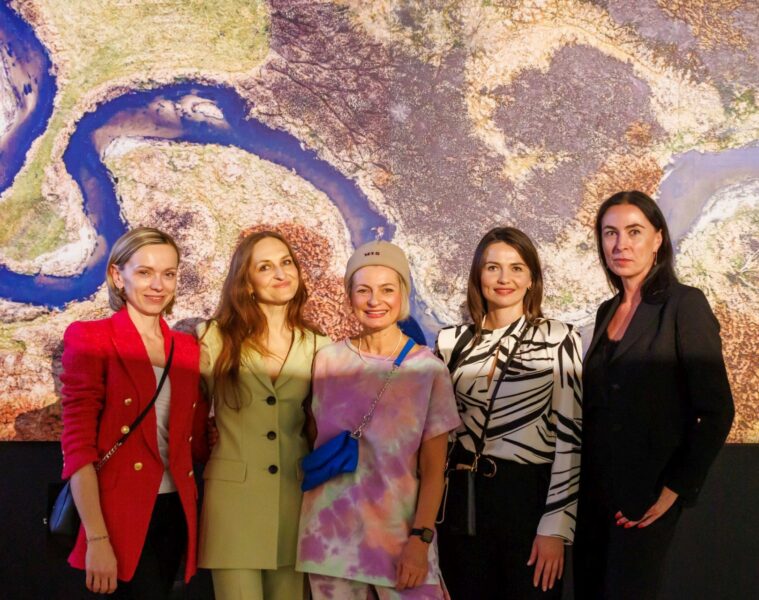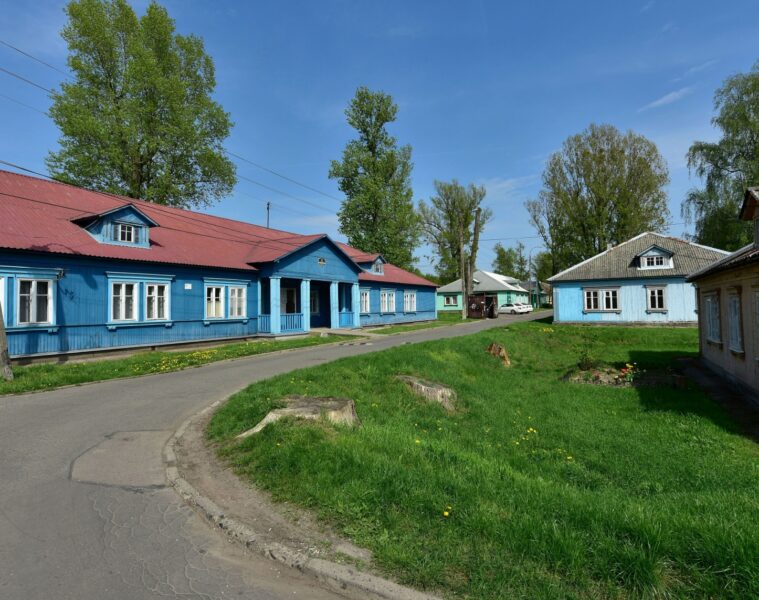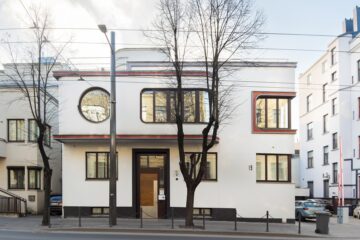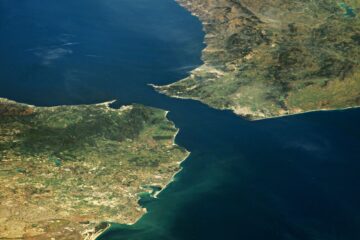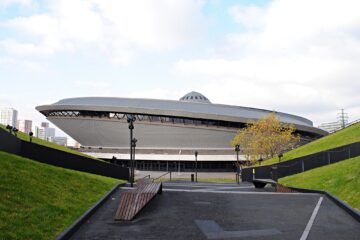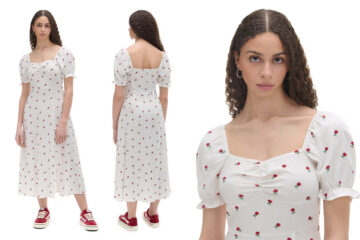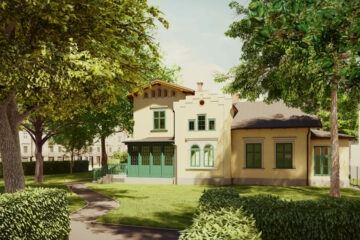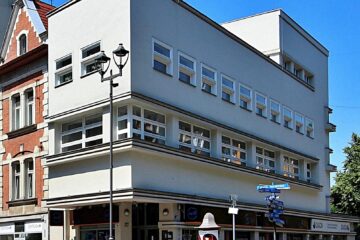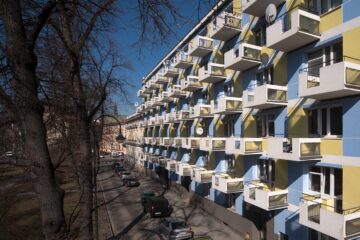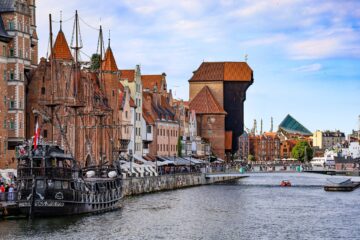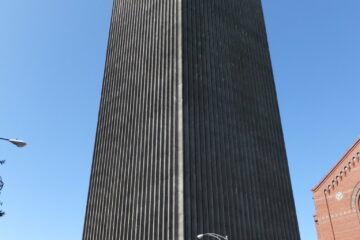“Shoes on the bank of the Danube” is a Budapest Holocaust memorial unique in form and meaning, created according to an idea by film director Cana Togay and designed by sculptor Gyula Pauer. The monument was unveiled on 16 April 2005. It commemorates the victims of Jewish origin, who were shot by the river after having been ordered to remove their shoes in advance, their bodies falling into the Danube.
The unveiling of the memorial took place on Holocaust Memorial Day, 16 April 2005, when thousands of people gathered in Budapest. Participants in the March of the Living walked with torches to the bank of the Danube next to Kossuth Square, where Péter Kiss, then Minister and Head of the Prime Minister’s Office, unveiled the commemorative statue at 9.30 pm in the presence of the Prime Minister himself.
Shoes on the bank of the Danube. Photo by Dennis Jarvis from Halifax, Canada, CC BY-SA 2.0, via Wikimedia Commons
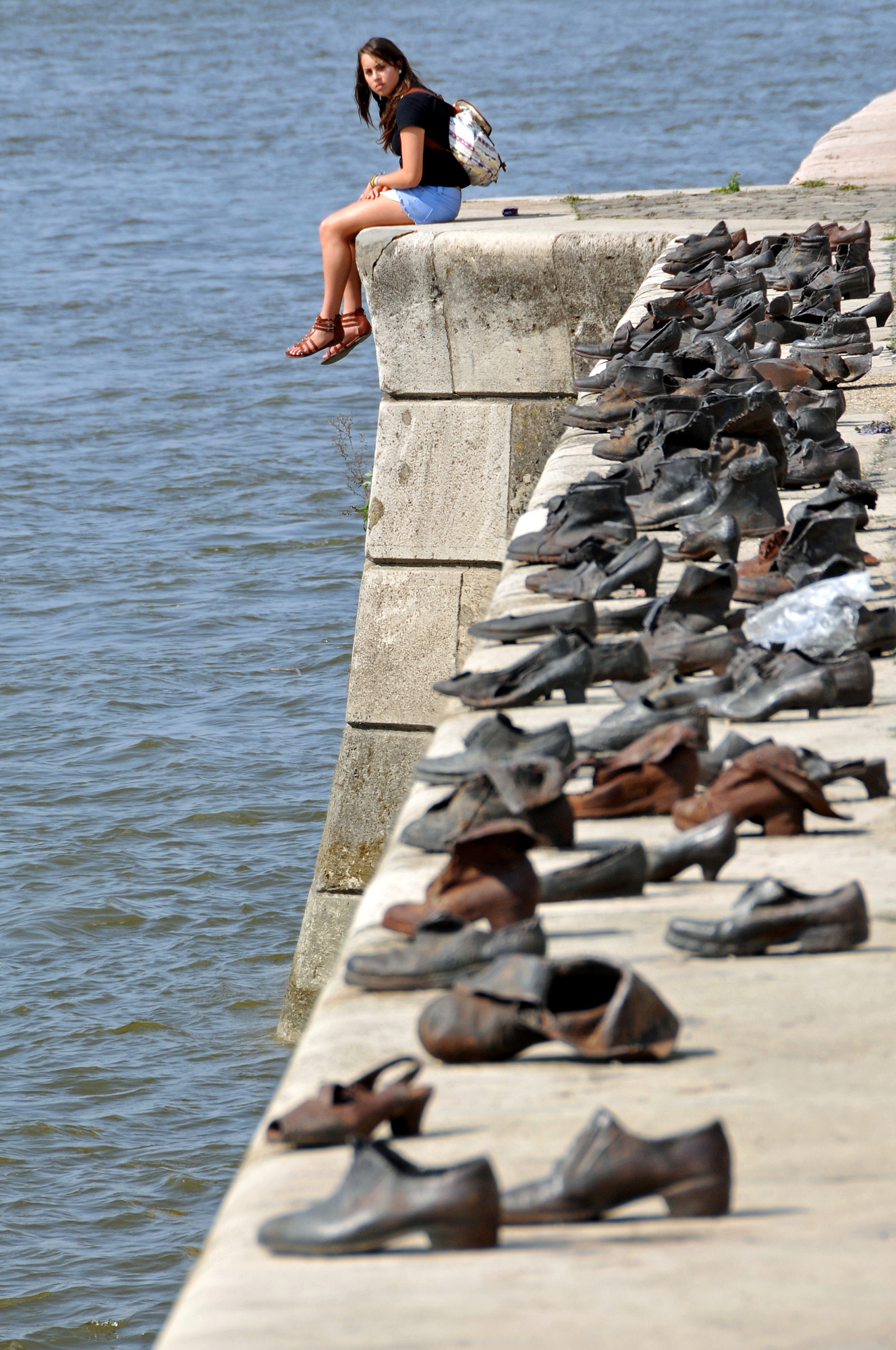
For the second day, on Sunday 17 April 2005, the sculpture ‘Shoes on the bank of the Danube’ was unveiled by church representatives:
– Péter Kardos, Chief Rabbi
– Géza Szabó, canon, parish priest of St. Stephen’s Basilica
– Ferenc Cselovszky, pastor of the Evangelical Church of Deák Square
– Gábor Berkesi, Pastor, Reformed Church clergyman
The inscription on the memorial plaques in Hungarian, English and Hebrew reads:
“To the memory of the Budapest victims shot on the banks of the Danube River by armed Arrow Crossmen
Unveiled 16 April 2005″
The memorial is located on the Pest side of the city – the eastern, mainly residential part of Budapest, which makes up about two-thirds of the entire city. It stands on the Danube promenade, south of the Hungarian Parliament and near the Hungarian Academy of Sciences.

The composition entitled “Shoes on the bank of the Danube” commemorates the thousands of people shot on the banks of the river, gnarly in the winter of 1944/1945, when members of the Hungarian fascist militia, belonging to the Arrowhead Party, took as many as 20,000 Jews from the newly created Budapest ghetto and killed them there. They were then ordered to remove their shoes (this was a valuable piece of clothing that could be stolen and resold by the militia after the massacre), and their bodies fell into the river and were carried away by the current. The sculptor created sixty pairs of iron shoes – children’s, women’s and men’s – matching the style of the era. They stand abandoned on the riverbank, as if their owners have just removed them. They are attached to the stone bank and behind them is a stone bench 40 metres long and 70 cm high.
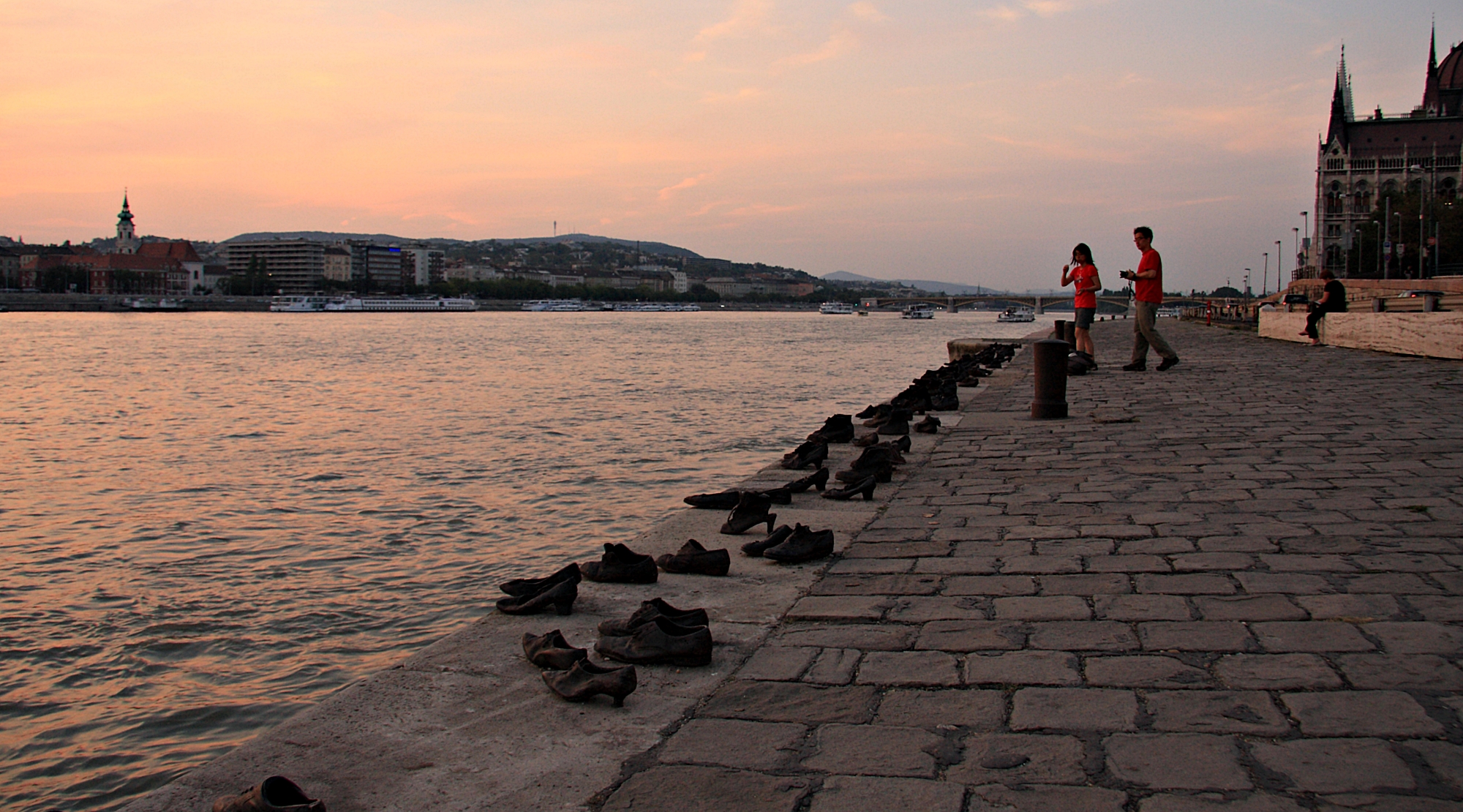
The March of the Living Foundation (March of the Living) is an international organisation set up 20 years ago, to which 53 countries, including Hungary, now belong. The torchlight procession and ceremony is always held there on 16 April, except on those days when 16 April falls on a Friday. This is when the resettlement of Hungarian Jews in the ghettos began in 1944. During the procession, Jews, Roma, those persecuted because of their homosexuality, resistance fighters and those who rescued the persecuted are remembered.
Source: yadvashem.org, budapestinfo.hu
Also read: Curiosities | Architecture | City | History | Sculpture | Hungary

